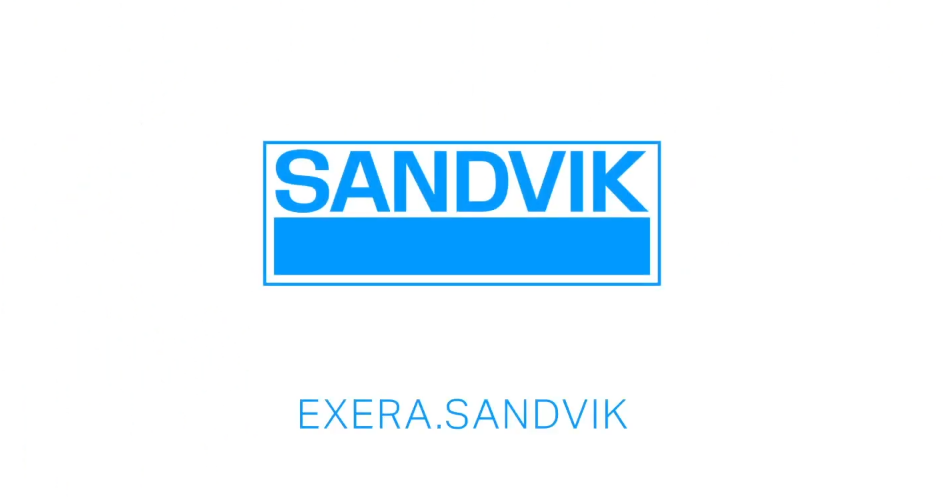
Katherine, who lives in Palm Coast, Florida, began wearing hearing aids in 1994 when a gradual loss in hearing left her nearly completely deaf. After her daughter encouraged her to get a cochlear implant, Katherine underwent surgery and never looked back.
Medical-device technology spoke with Sandvik, the expert manufacturers of the medical wire used in cochlear implants just like Katherine’s, about how this technology works and why it is so important.
How it works
In the United States, approximately 118,100 cochlear implants have been implanted in adults, and 65,000 in children.
The cochlear implant is an electronic device that replaces the functionality of the inner ear. It consists of two main parts – the implant itself and the sound processor. A microphone receives sound energy, which is then transmitted to the speech processor that filters and converts it into a numerical code. Once transferred to the headpiece cord, the code is transmitted through radio frequencies to the internal receiver. Electrodes are planted inside the cochlea and are connected to the internal receivers. The electrodes transmit the signals directly to the auditory nerves without passing through the damaged area of the ear. Cochlear nerve fibers are stimulated, and sound is perceived.
An essential component of cochlear implant devices is medical wire, which transmits audio signals to the brain and replaces the inner ear. Sandvik manufactures efficient and reliable cochlear implantation leads, that have been used to improve the lives of patients across the globe.
Cochlea implants can be life changing. Unlike hearing aids, which only enhance sound, these implants bypass the damaged part of the ear so patients are able to hear sounds that they would otherwise be completely unable hear.
“I can hear the birds,” explains Katherine. “I can talk to my grandchildren on FaceTime, and I can go to concerts again. Thank you for giving me the freedom to do what I love most in life.”
To find out more about Sandvik’s medical materials and coatings, download the whitepaper below or read more at their website.



